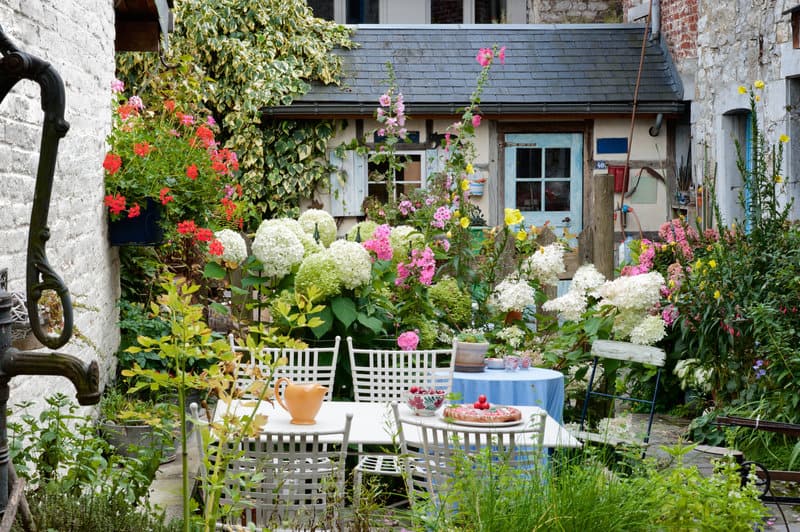CA Contractors #344056

Choosing the perfect placement for your patio – including their size and layout – requires an intricate awareness of your outdoor spaces. It also involves a big-picture perspective on how your family plans to use the space. For example, do you eat outdoors often? Will patios be used for entertaining or seasonal gatherings? Do you have children? What about pet access (or restriction from pets?)? Do you utilize the patio most in the morning, afternoon, or after dark?
These are the questions a professional landscape designer reviews with clients while performing an expert analysis. You don’t want to place a patio dedicated for morning coffee in a location with little to zero morning sun. Likewise, an afternoon reading or entertaining space shouldn’t be wholly exposed to blaring hot sun during the summer months. And, don’t forget the comfort of dappled sunlight during the colder months when solar heat gain is a benefit.
Here are some of the questions worth reviewing to guide patio placement and design – including which materials to use.
Ideally, a Bay Area patio design ensures patios have access to the warm morning sunshine, with enough shade during the mid-day to block the harsh sun during the summer and early fall months. This means that your patio placement and design may incorporate additional landscaping options – such as trees, shrubs, an awning or pergola, etc. – that help to facilitate the right balance of sun and shade year-round.
Note: Equally important is after-hours lighting – including task, safety, and ambiance. Read our post on the benefits of a well-planned landscape lighting design for more on that topic.
Take time to consider what the view is like from prospective patio locations. In some cases, existing landscaping or Mother Nature may have already gifted you with gorgeous views. Or, you may realize a bare expanse of a fence or wall that didn’t stand out before will now benefit from the addition of climbers, a tall shrub, or ornamental trees.
Your plans matter, but they are subject to the authorities’ approval. In most cases, that will require a check with the Dig Safe organization (dial 8-1-1), so you don’t damage any utility lines that may be underground. Once they’ve come and inspected – you’ll have a better idea of whether you can dig in that particular area. You may find locations/shapes/sizes need to shift for existing utility lines. Relocating utilities is costly – and sometimes impossible - so try to work with what is there whenever possible.
Also, check-in with the local building department to see what – if any – permitting is required for adding a new patio space. Permitting requirements vary from city to city, and depending on the scope of your project. However, odds are you’ll a permit or two if utilities are being moved, or if you’re adding a shade structure of some type - such as a large arbor or pergola.
Is the patio off of a master bedroom, or are there times when you prefer to sunbathe in the flesh? After looking at your view toward the outside of the patio space, you also want to think about who can look into the patio area. If you desire a private patio space, let your landscape design team know right off the bat. We’ll find creative ways to create a secluded escape that is hidden from neighbors’ or family members’ gaze.
If you’re planning to have a very large patio, think about creative ways to break it up, so it feels more like separate rooms or living spaces. Examples include:
We’ve posted about some of the most common landscaping mistakes in the past. Now, we’ll review some of the most common patio design mistakes so you can avoid them.
Designing outdoor spaces requires a similar level of attention as designing and decorating interior spaces.
Are you debating the perfect placement for your outdoor patios? Schedule a design consultation with Bay Area Landscapes. We’ll work through all of the pertinent details with you, so your resulting design is exactly what you need and feels like a natural extension of your lifestyle.